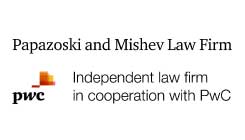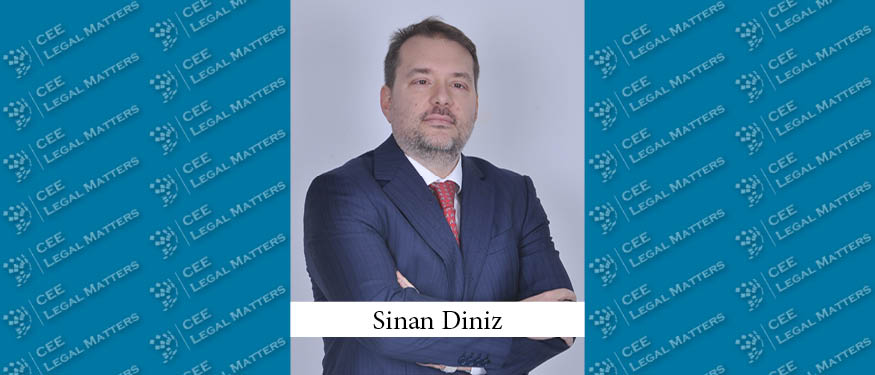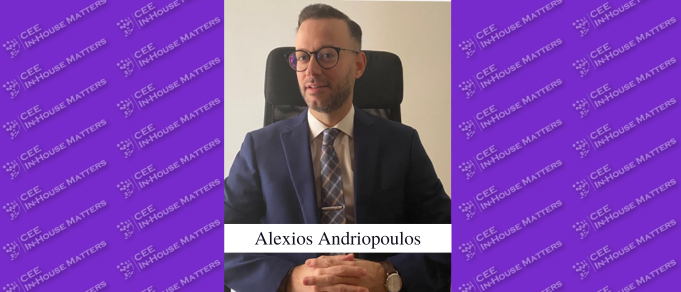Tuca Zbarcea & Asociatii Partner Catalin Baiculescu talks about the evolution of the TMT sector and their role as legal advisors in Romania over the last 10 years.
CEELM: Over the last 10 years, what types of TMT projects have kept you and your team busy?
Baiculescu: The TMT sector has been a dynamic and engaging field over the last decade, particularly after the pandemic, which brought a surge in activity. Our team developed a comprehensive practice, encompassing both transactional and regulatory dimensions to cater to our diverse client base, ranging from telecommunications and technology to software development, media, broadcasting, advertising, and the creative realms of artists and musicians. Specifically, in telecommunications, the last decade was marked by consolidation. Major acquisitions like Vodafone’s takeover of UPC (we advised Vodafone in that transaction) and Orange’s acquisition of Telecom Ro’s fixed lines have reshaped the landscape. Furthermore, we advised Clever Media on its acquisition of DCS and Acta Telecom’s operations and the subsequent network operating agreements with RCS and RDS, which have led to a more concentrated market with key players.
The media sector has seen significant transactions too. Three years ago, Clever Media’s acquisition of Prima TV’s activities and licenses was a landmark deal. In software development, government incentives have catalyzed growth, attracting investments and fostering a boom in IT centers, particularly in greenfield activities starting from scratch (The Estee Lauder Companies and Booking Holdings are excellent examples). This trend is especially pronounced in the gaming industry, which has seen an increase in publishers expanding their operations in Romania. However, the rapid expansion phase seems to be stabilizing, with fewer new entrants now. In terms of infrastructure, there’s been a trend toward network consolidation, with telecommunications companies striving for cooperative use of shared infrastructures.
CEELM: And what would you say were the busiest periods during the same span?
Baiculescu: The TMT sector has maintained a consistently high level of activity, with no specific period of slowdown. This constant activity can be attributed to the nature of the TMT sector, which is continuously evolving with technological advancements and market demands. Even during the pandemic, as the world shifted online, our workload remained steady. The legislative landscape, while evolving, did so in a predictable manner, which allowed us to manage changes effectively. However, we did notice a slight dip in new market entries during 2020, which quickly rebounded post-pandemic.
CEELM: Has the profile of clients in the sector evolved over the last decade?
Baiculescu: Our clientele predominantly consists of multinational corporations, a trend that has been consistent over the past decade. However, we have also been engaged by local entrepreneurs. Foreign investments have been significant, exemplified by transactions involving Maximum Games acquiring the local activities of Fun Labs Romania and venture capital investments attracted by Holotech Studios. Our focus remains on serving large, international players, reflecting the strategic nature of investments in the Romanian TMT market.
CEELM: How have client needs in the TMT sector evolved over time?
Baiculescu: The core of our M&A activities has remained stable. However, we’re observing a clear shift toward digital transformation, particularly in cloud-based activities. There’s an increasing demand for transitioning traditional, paper-based processes to digital platforms. Our legal approach remains adaptable, continuing to evolve in response to these new demands.
CEELM: What have been the main regulatory challenges faced in facilitating deals and projects within the sector?
Baiculescu: The last decade has brought about significant legislative changes, driven by EU directives. These have influenced telecom laws, intellectual property rights, and general compliance requirements. While these changes necessitated adaptations by market players, they didn’t pose insurmountable challenges. Thanks to the gradual implementation of these directives, companies had ample time to align with new regulations. Key legislative changes included updates to the Telecoms Code and the introduction of the GDPR, which have been crucial in shaping the sector.
CEELM: What is on the horizon? What can we expect in the next 10 years?
Baiculescu: Forecasting the TMT sector’s trajectory is challenging, but certain trends are evident. The shift toward online operations and the development of 5G networks are reshaping the landscape. Romania’s traditionally strong broadband coverage, benefiting from technological leapfrogging, sets a solid foundation for these advancements. Cloud computing and telemedicine are areas poised for growth as well. Finally, the burgeoning fields of AI and machine learning are also critical to watch, as they hold the potential to revolutionize various industries. While it’s difficult to predict the exact impact these will have, the potential for profound changes is clear. These technologies may bring both opportunities and challenges, especially concerning job markets across industries.
Tuca Zbarcea & Asociatii is CEE Legal Matters' Practice Leader for TMT in Romania for 2024 – learn more here.






















